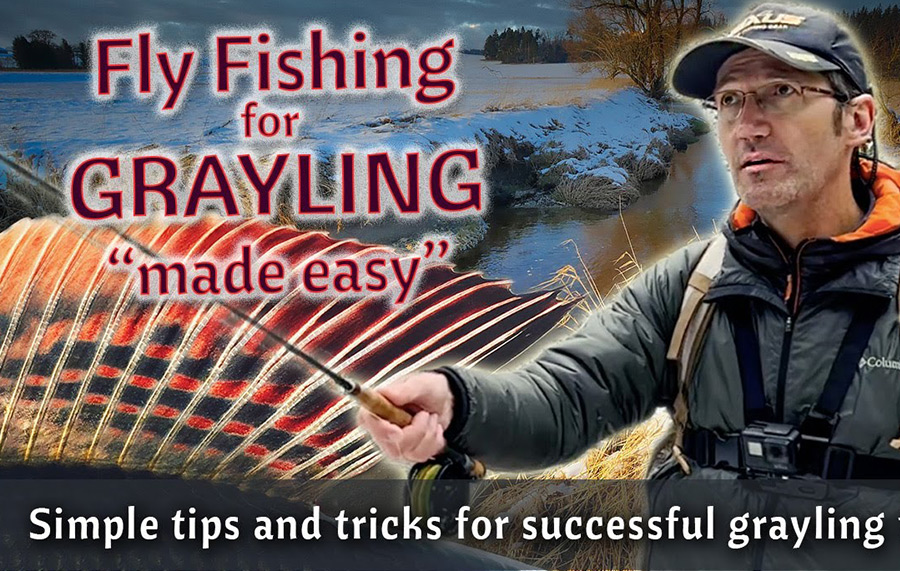Top Fly Patterns for Pike You Should Have in the Flybox
Category: Fly Tying for Beginners
There are several types of flies that are commonly used for fly fishing for pike, including streamers, poppers, and bucktail deceivers. Streamers imitate smaller baitfish and can be fished in a variety of retrieves. Poppers imitate surface-dwelling prey, such as frogs or mice, and can be twitched or popped to create a disturbance on the water's surface. Bucktail deceivers are versatile flies that imitate a variety of prey species and can be fished on the surface or subsurface. Some popular streamers for pike include the Clouser Minnow, Wooly Bugger, and the Muddler Minnow. Popular poppers include the Gurgler and the Deceiver. It is important to match the size and color of the fly to the local prey species and water conditions. In general, pike flies should be large, flashy, and easy to see, as pike have excellent eyesight and are aggressive hunters.

There is no one "best" fly pattern for pike fly fishing, as different anglers and conditions may call for different types of flies. However, some of the most popular and successful fly patterns for pike include those flies below.
The main categories of fly patterns for pike fly fishing are following:
- Streamers: These imitate small baitfish, such as minnows, and are usually fished subsurface. Streamers can be tied in a variety of colors and styles to imitate different prey species.
- Poppers: These imitate surface-dwelling prey, such as frogs or mice, and are typically fished on the surface. Poppers can be made from a variety of materials, including foam and balsa wood, and can be painted or dyed to match local prey species.
- Bucktail Deceivers: These are versatile flies that imitate a variety of prey species, including baitfish and crustaceans. They can be fished on the surface or subsurface, and often have a combination of feathers and flash materials to create a lifelike appearance.
- Soft Hackles: These flies imitate nymphs and other subsurface insects and are typically fished just under the surface film. Soft hackles are usually tied with feathers and materials that provide movement in the water.
- Jigs: These are weighted flies that can be fished subsurface or near the bottom. Jigs are often tied with feathers, flash materials, and bucktail to imitate a variety of prey species.
It's important to note that the specific flies used for pike fly fishing can vary depending on the local conditions, such as water temperature, clarity, and prey availability. An experienced fly fisherman can help determine the best patterns to use in a given situation.
Most famous and successful flies for pike fishing ever:
Clouser Minnow, Woolly Bugger, Muddler Minnow, Barry's Pike Fly, Articulated Streamer, Sculpin Pattern, Saltwater Bunny, Mickey Finn, Lefty's Deceiver, Deceased Minnow
Gurgler, Deceiver, Dahlberg Diver, Foam Frog Popper, Mice Tails, Banger, Slider, Crazy Charlie, Topwater Terrestrial, Mickey Finn Popper
